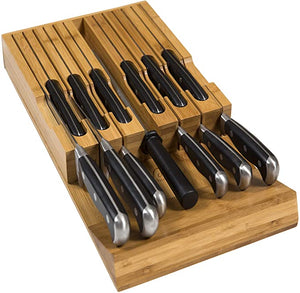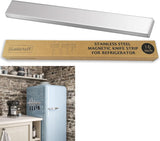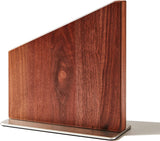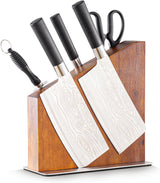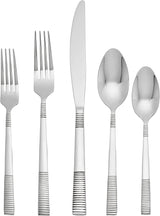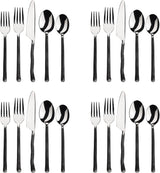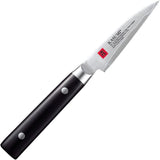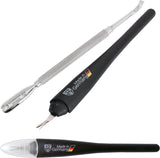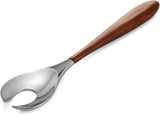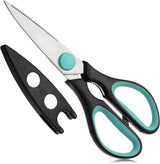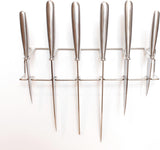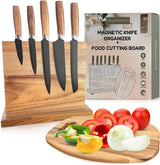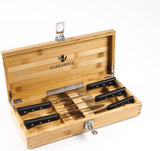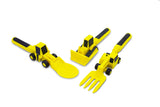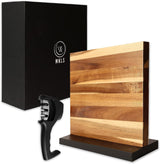Professional chefs and home cooks alike understand the importance of maintaining a pristine kitchen. Among the many crucial tasks, knowing how to clean a stainless steel knife blade marks a pivotal part in ensuring longevity and performance. This article dives into this essential culinary art detailing expert strategies that enhance your knife's effectiveness and sustain its sleek appearance.

The Importance of Cleaning Stainless Steel Knives
As every kitchen professional knows, stainless steel knives are a staple due to their durability and resistance to rust. However, without proper care, they can quickly lose their charm and utility. Understanding what kind of knives you own can significantly influence how you maintain them.
Maintaining these blades not only prolongs their lifespan but also improves your cooking process and safety. With traces of food remnants or moisture, blades can become breeding grounds for bacteria, putting at risk the health and safety of anyone using the knife.
Common Mistakes in Cleaning Knives
One of the biggest misconceptions is that stainless steel knives can be tossed into the dishwasher. In reality, this convenience may cause discoloration and etching from the harsh detergents and high temperatures. Moreover, it can dull the razor-sharp edge faster than manual cleaning.
Another mistake involves leaving the knives soaking in water. Doing so can invite rust, affecting your otherwise resilient kitchen knives. Even though stainless steel is rust-resistant, it's not rust-proof. Prolonged exposure to moisture can lead to corrosion over time.
Step-by-Step Guide to Clean Stainless Steel Blades
Manual Cleaning Method
- Rinse Immediately After Use: As soon as you finish with the knife, rinse it under warm water to remove any food particles.
- Gentle Scrubbing: Use a mild dish soap with a non-abrasive sponge to gently scrub the blade. Pay special attention to the point where the blade meets the handle.
- Drying: Immediately dry the knife with a soft kitchen towel to avoid water spots and rust.
Deep Cleaning Tips
For a thorough clean, use a mixture of baking soda and water to form a paste. Apply this on the blade and gently scrub it using a toothbrush. This will remove any stubborn stains without scratching the surface. Rinse with warm water and dry immediately.
Henckels knives require regular grounding to maintain their quality and sharpness. Never overlook the importance of honing, as it realigns the edge without shaving off the steel.
Long-term Knife Care Practices
Regular Maintenance Routines
Incorporate regular honing into your knife care routine. This practice should occur every 3 to 7 uses, depending on the knife's workload. Furthermore, learn how to sharpen your knives when the honing does not suffice.
Proper Storage Solutions
Store your knives in a way that protects the blades from dulling and keeps them clean. Consider options like magnetic strips or knife blocks; both can save space and preserve the knife's edge.

FAQs on Cleaning Stainless Steel Knife Blades
What is the best way to clean a stainless steel knife blade?
Hand washing with warm water and mild soap immediately after use is the best option, followed by promptly drying with a soft towel.
Can I place my stainless steel knives in the dishwasher?
It's not recommended to put stainless steel knives in the dishwasher due to potential risks of rusting and dulling. Manual cleaning is preferred.
Why is my stainless steel knife showing rust spots?
Rust spots can form if knives are exposed to moisture for lengthy periods, even with stainless steel. Ensure prompt cleaning and drying to prevent rust.
Understanding how to clean stainless steel knife blades can elevate your kitchen hygiene and efficiency. For more insights into knife care, explore effective cleaning techniques. Remember, your knives are investments into your culinary craft. Treat them well to enjoy unmatched performance and safety.
This article contains affiliate links. We may earn a commission at no extra cost to you.
